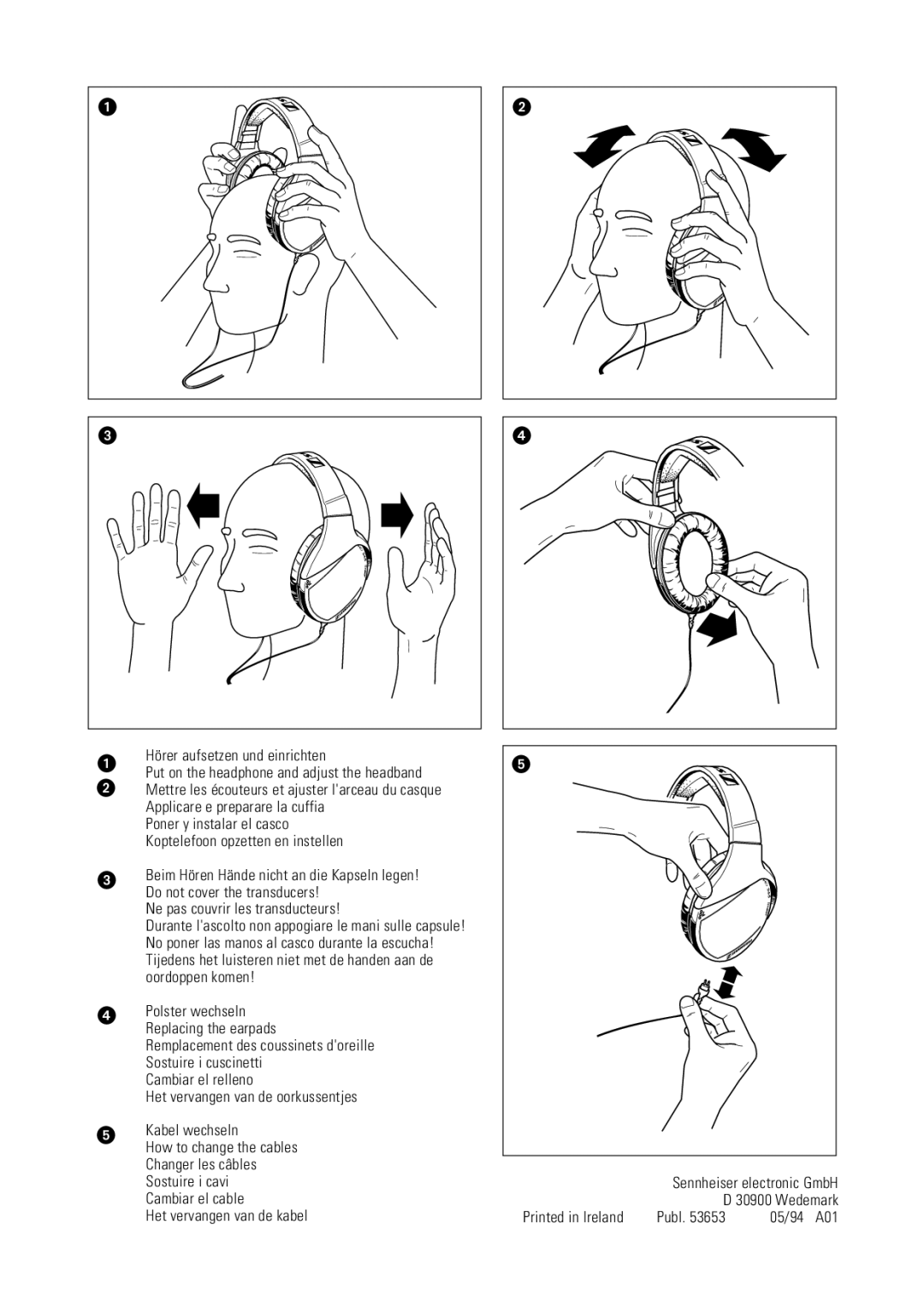HD 265 specifications
Linear HD 265 is an advanced video compression technology that significantly enhances the efficiency of video streaming and storage while maintaining high-quality output. As digital content consumption continues to grow, the importance of efficient video encoding solutions has never been greater. Linear HD 265 is recognized for its ability to compress video files without compromising on resolution and clarity, making it a preferred choice for various applications.One of the standout features of Linear HD 265 is its high compression ratio. Compared to its predecessor, H.264, Linear HD 265 can reduce file sizes by up to 50%. This means that content creators and service providers can deliver high-definition video streams without requiring an equivalent amount of bandwidth. The technology is particularly beneficial in environments where bandwidth is limited, such as mobile networks or rural areas with less robust internet access.
Another notable characteristic of Linear HD 265 is its ability to handle resolutions up to 8K. This future-proof capability ensures that users are prepared for evolving display technologies and can deliver the best viewing experience on modern screens. Moreover, the technology supports High Dynamic Range (HDR) imaging, which allows for greater contrast between light and dark areas in a video, thereby enhancing the visual experience.
Linear HD 265 is also designed with real-time streaming in mind. It incorporates advanced predictive coding techniques, which analyze image data to forecast and encode only the necessary information, leading to faster processing and lower latency. This is essential for applications such as live broadcasting, video conferencing, and gaming, where real-time performance is critical.
Compatibility is a vital aspect of Linear HD 265, as it is highly versatile and can be integrated with existing systems and workflows. This ensures a seamless transition for companies looking to upgrade their video encoding capabilities without overhauling their entire infrastructure.
In conclusion, Linear HD 265 represents a significant leap forward in video compression technology. With its high compression ratios, support for high resolutions and HDR, real-time streaming capabilities, and compatibility with existing systems, it stands out as an ideal solution for modern video delivery challenges. As content demands continue to grow, technologies like Linear HD 265 will play a crucial role in shaping the future of digital media.

